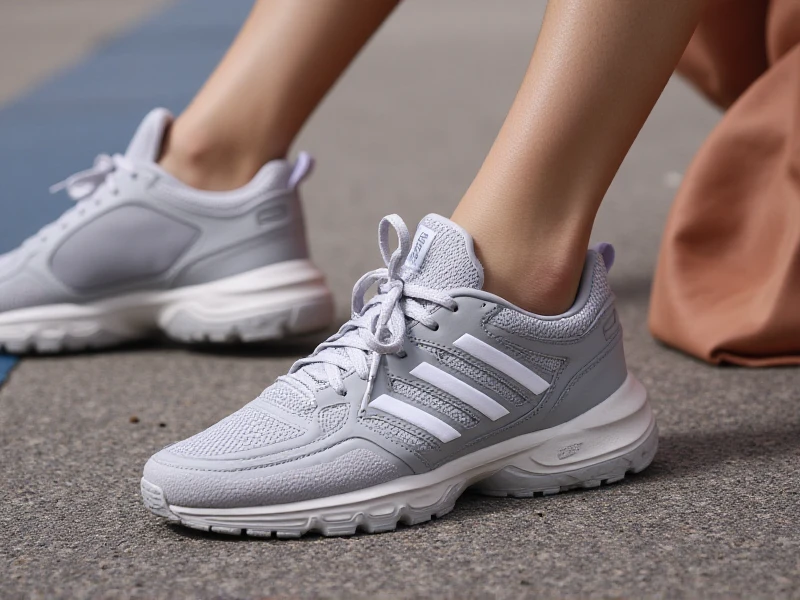The Rise of Women's Sports: Game-Changing Progress and Future Victories
2025-06-11

The world of athletics is witnessing a seismic shift as women's sports surge in popularity, influence, and cultural significance. Once sidelined, female athletes are now dominating headlines, breaking records, and inspiring generations. This transformation isn't just about competition—it's a powerful movement redefining equality, opportunity, and what's possible in global sports.
Historically, women faced steep barriers in athletics. Limited funding, sparse media coverage, and societal biases created obstacles at every turn. Title IX legislation in 1973 revolutionized American sports, mandating equal opportunities in education and athletics. Yet progress remained slow for decades. The real turning point came through relentless advocacy from athletes themselves—trailblazers like Billie Jean King, who famously defeated Bobby Riggs in 1973's "Battle of the Sexes," and modern icons like Serena Williams and Simone Biles, who turned individual excellence into collective momentum.
Recent years exploded with milestones cementing women's sports as mainstream spectacles. The 2023 FIFA Women's World Cup set attendance records with 1.9 million fans, while the WNBA achieved its most-watched season in over two decades. College basketball star Caitlin Clark shattered viewership records, proving women's games can outdraw men's events. This isn't fleeting hype—it's a fundamental market shift driven by thrilling performances and expanding commercial investment.
Four key engines propel this revolution:
1. Media Renaissance: Dedicated broadcast deals like the WNBA's $60M annual partnership ensure consistent visibility. Social media bypasses traditional gatekeepers, letting athletes like soccer's Megan Rapinoe build global followings.
2. Sponsorship Surge: Brands now recognize women's sports' marketing power. Sponsorship investments grew 146% in five years, with companies like Nike and Visa sponsoring entire leagues rather than individual stars.
3. Fan Economy: Tickets for women's events see soaring demand. The NWSL expanded to 16 teams with average attendance doubling since 2019.
4. Cultural Impact: Films like "King Richard" and docu-series like "The Game Changers" spotlight systemic inequities while celebrating athletic excellence. Hashtags like WatchMeWork amplify grassroots movements.
Despite gains, critical challenges persist. The gender pay gap remains stark—WNBA top salaries barely reach 1% of NBA equivalents. Media coverage still lags, accounting for just 15% of total sports airtime. Infrastructure gaps also hinder youth development globally, particularly in resource-limited regions.
The path forward demands concerted action:
- Investment in Grassroots: Building pipelines through school programs changes participation demographics early
- Data-Driven Storytelling: Highlighting stats like the 2023 NCAA women's basketball final outrating the men's final shifts perception
- Corporate Accountability: Sponsors must tie funding to equity benchmarks like equal broadcast production quality
- Fan Engagement: Buying merchandise and attending events demonstrates commercial viability
When young girls see Alex Morgan scoring World Cup goals or Sha'Carri Richardson blazing tracks, they don't just see athletes—they see possibilities. Women's sports aren't a niche category anymore; they're becoming the heartbeat of athletic culture. As investment grows and audiences expand, this golden era promises lasting change where victory means more than trophies—it means equity achieved, inspiration multiplied, and the world finally witnessing women's sports as they truly are: powerful, profitable, and here to stay.
Category: